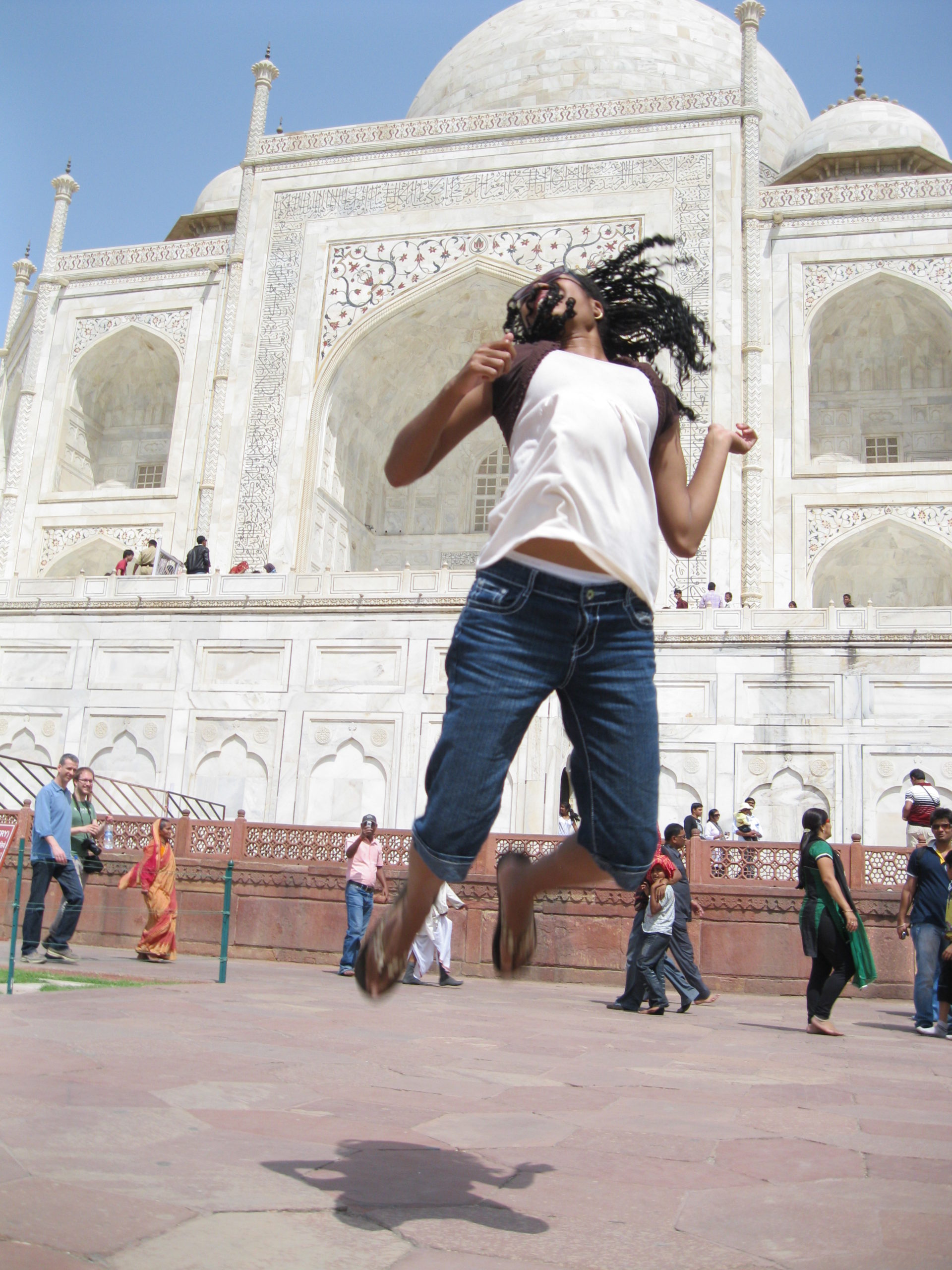How To Write A Winning Statement of Purpose
When seeking scholarships and fellowships, it’s crucial to recognize that it is a competitive process. With potentially hundreds or even thousands of scholarship or fellowship applicants boasting similar academic achievements and extensive work/volunteer backgrounds, standing out becomes paramount. To maximize your prospects of securing these coveted scholarship or fellowship awards, you must craft an award-winning essay that effectively tells your unique story. In this post and video, I show you how to write a winning statement of purpose…all starting with your story.
Why Is Telling Your Story Important?
There’s only one you. And because there’s only one you, you have certain skills and ideas that only you can bring to the table. Your story is what sets you apart from the other candidates. Your story tells the panelist your personal trajectory of how you got to where you are today. It shares your strengths, weaknesses, and challenges. It shows who you are as a person. Your story is powerful and uniquely tailored to you.
It lets the panelist know whether or not you’re the right fit for their scholarship or fellowship.
How To Tell Your Story
1. Think Of One To Two Personal Times in Your Life That Is Applicable To The Scholarship Or Fellowship Question
These personal anecdotes should not be generic. They should be attention-grabbing and eye-opening. In one of my essays, I opened up with an experience I had when I was studying in India.
Searching for food, a monkey jumped onto the seat in front of me in an overcrowded bus. Chaos erupted as other passengers and I flung our belongings toward this intruder, successfully scaring our unwanted guest out a window. This was one of many unforgettable moments during my semester in India—an experience that transformed my life.
When you begin to tell your story in a personal statement, it should be a moment that grabs the reader’s attention and stays with the reader. It should help your essay stand out.
2. Bring Your Story To Life For A Winning Statement Of Purpose
This is the time to add rich detail. Take a look at a paragraph that I wrote for my fellowship application.
I could have just said I taught for a year in Spain. Or I am adaptable, open to know cultures, or can speak Spanish. Instead, I wrote:
… After college, without knowing a soul, I moved to Alcalá de Henares, where few spoke
English. There, I taught in a bilingual elementary school and made lifelong friends with
Spaniards who taught me how to make dishes such as tortilla española. Over long meals, we
talked about many topics including the latest T.V. shows which helped me gain fluency in Spanish.
In this example, the reader knows more information than I moved to Spain and taught there for a year. I painted a picture. From this paragraph, the reader can understand:
I’m adventurous and adaptable: After college, without knowing a soul, I moved to Alcalá de Henares, where few spoke English.
I’m open to new cultures and good at interpersonal communication: I taught in a bilingual elementary school and made lifelong friends with Spaniards who taught me how to make dishes such as tortilla española.
I can speak another language: Over long meals, we talked about many topics including the latest T.V. shows which helped me gain fluency in Spanish.

3. Your Story Should…
Tell your motivations for applying, professional experiences (including volunteering), and interests. Be sure to include moments that have helped you get to the point of applying for the fellowship.
- Your past experiences written in your scholarship/fellowship application should clarify how you’ve prepared for your field.
- You could also include any challenges or obstacles you’ve overcome. You should probably leave out anything not relevant to the fellowship or scholarship you’re applying for.
4. But It’s Okay To Not Have Every Detail Of Your Life In The Story
You want to think about the big picture…the major milestones. You probably will have a word limit, and even if you did not, you do not want to bore your reader. It’s okay not to include every detail.
5. Your Story Should Not Sound Like A Cover Letter Or A Class Paper
If you’re writing your personal statement and you find it sounding scholarly or academic, you may want to edit.
6. Include Future Plans For A Winning Statement Of Purpose
Your story may even include what you plan to do in the future if you are awarded the fellowship/ scholarship.
7. Your Story Isn’t A Place To Beg
Although you might include personal obstacles or challenges (ultimately, you want to include how you overcame them) you do not want to beg or tell why you are more qualified than other applicants. You should focus on you and your accomplishments.
8. Organization For A Winning Statement Of Purpose
It should be a place where you showcase your organizational and written communication skills. Your essay should be free from grammar and spelling mistakes. It should flow easily. Before you turn it in, be sure to proofread and read it out loud.
9. Work With Someone For A Winning Statement Of Purpose
Work with a faculty member or visit your school’s scholarship office. They will know how to draft proper stories for scholarships and fellowships.
Source
To visit the source referenced in this blog post, click here
In Case You’ve Missed It, Check Out
How To Get A Study Abroad Scholarship
How To Pick Destinations For Travel
International Affairs Scholarships For Women Of Color
What Is The Difference Between A Scholarship and Fellowship?
Hey Ms. Traveler On YouTube
Hey Ms. Traveler’s FREE Travel E-Course
